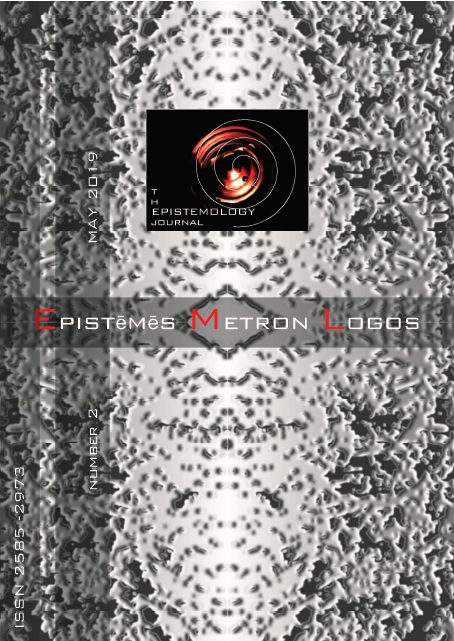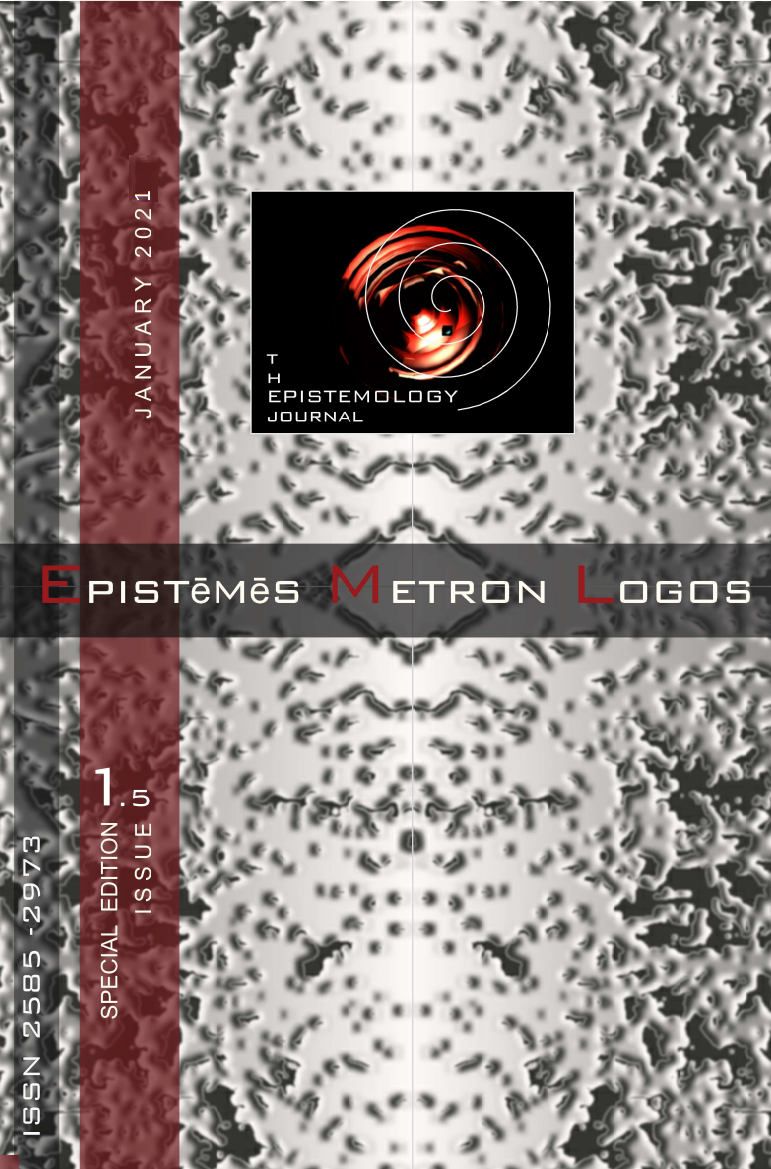Theorem of (upwards) Harmonic Subdivision

Abstract
The purpose of this paper is to study the theoretical outcome of an aliquot equidistant fingering / fretting pattern on a string, within standard formality, a. by stating and proving a theorem expressing the exact resulting intervallic structure mathematically –a set of interval ratios between adjacent terms of a mirrored arithmetic sequence, b. by pursuing the complete mathematical properties of this structure, c. by discussing its various applications, with emphasis put on drillings on flutes, d. by calling upon practice in order to spot actual historical manifestations of the theorem and its discussion, e. by hypothesizing the rôle of the particular conditions implicit in the theorem towards the historical emergence and evolution of two primeval prototypes of the most prominent and universally disseminated intonational systems / “ur-scales”: an anhemitonic pentatonic one ([C, D, E¼↑, G, A+]) and the lower fifth of a “smooth” heptatonic one ([D, E¼↓, F+, G, A+]).
Article Details
- How to Cite
-
Lekkas, D. E. (2018). Theorem of (upwards) Harmonic Subdivision. Epistēmēs Metron Logos, (1), 45–69. https://doi.org/10.12681/eml.19245
- Issue
- No. 1 (2018)
- Section
- Publishing partner

This work is licensed under a Creative Commons Attribution-NonCommercial 4.0 International License.
Authors who publish with this journal agree to the following terms:
Authors retain copyright and grant the journal right of first publication with the work simultaneously licensed under a Creative Commons Attribution Non-Commercial License that allows others to share the work with an acknowledgement of the work's authorship and initial publication in this journal.
Authors are able to enter into separate, additional contractual arrangements for the non-exclusive distribution of the journal's published version of the work (e.g. post it to an institutional repository or publish it in a book), with an acknowledgement of its initial publication in this journal.
Authors are permitted and encouraged to post their work online (preferably in institutional repositories or on their website) prior to and during the submission process, as it can lead to productive exchanges, as well as earlier and greater citation of published work.




